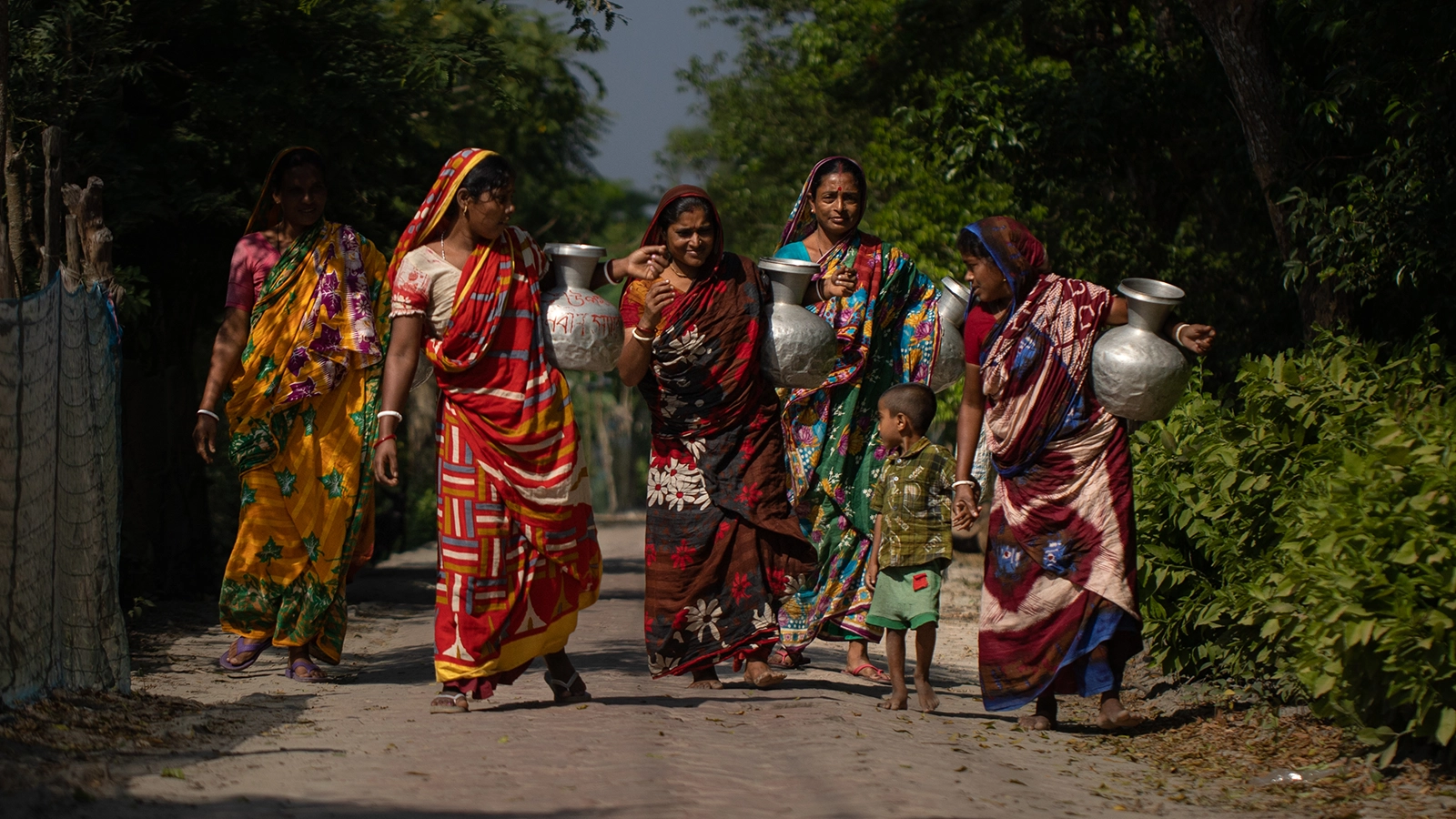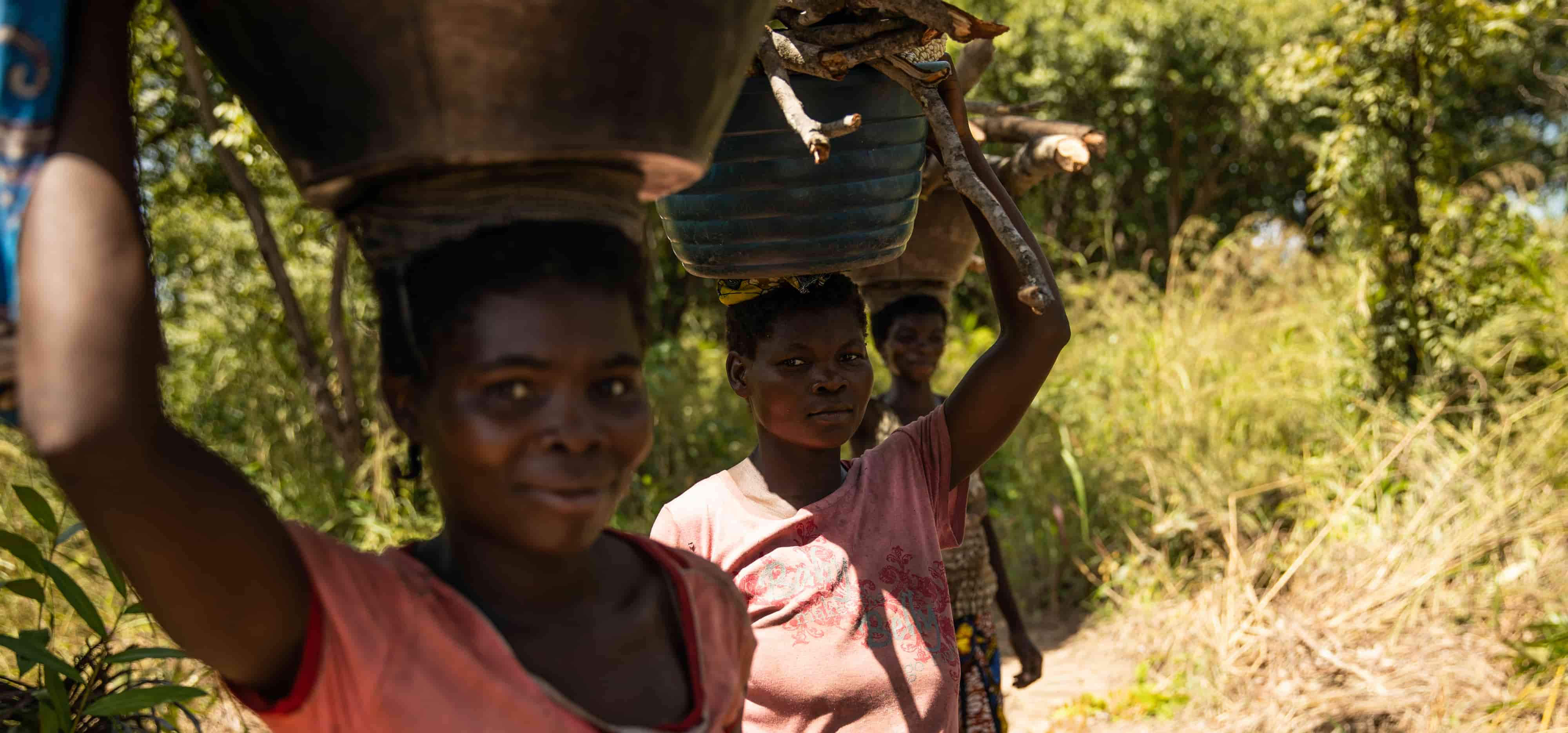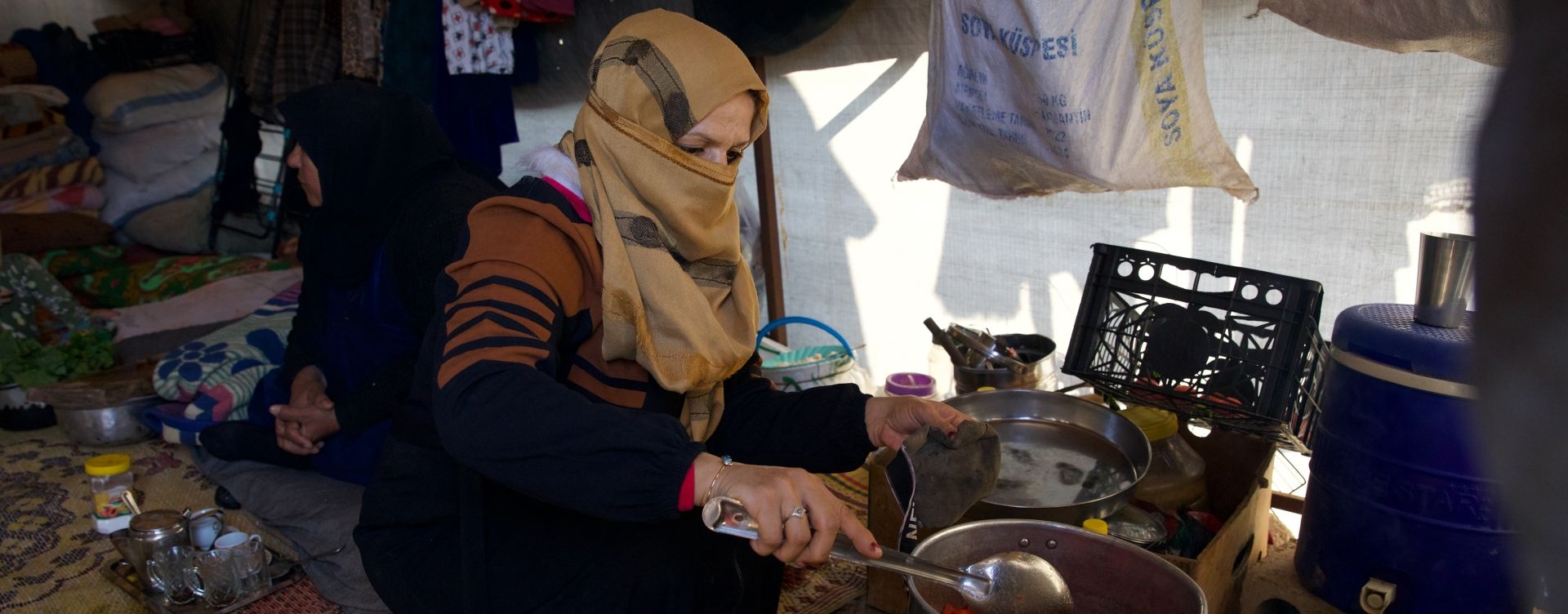The fifth of the UN’s 17 Sustainable Development Goals is to “achieve gender equality and empower all women and girls.”
Gender equality is likewise central to Concern’s work. Gender is a central issue when it comes to poverty, hunger, and conflict. Here, we break down what that means by looking at eight common gender issues faced around the world — including where Concern works.
1. Gender inequality
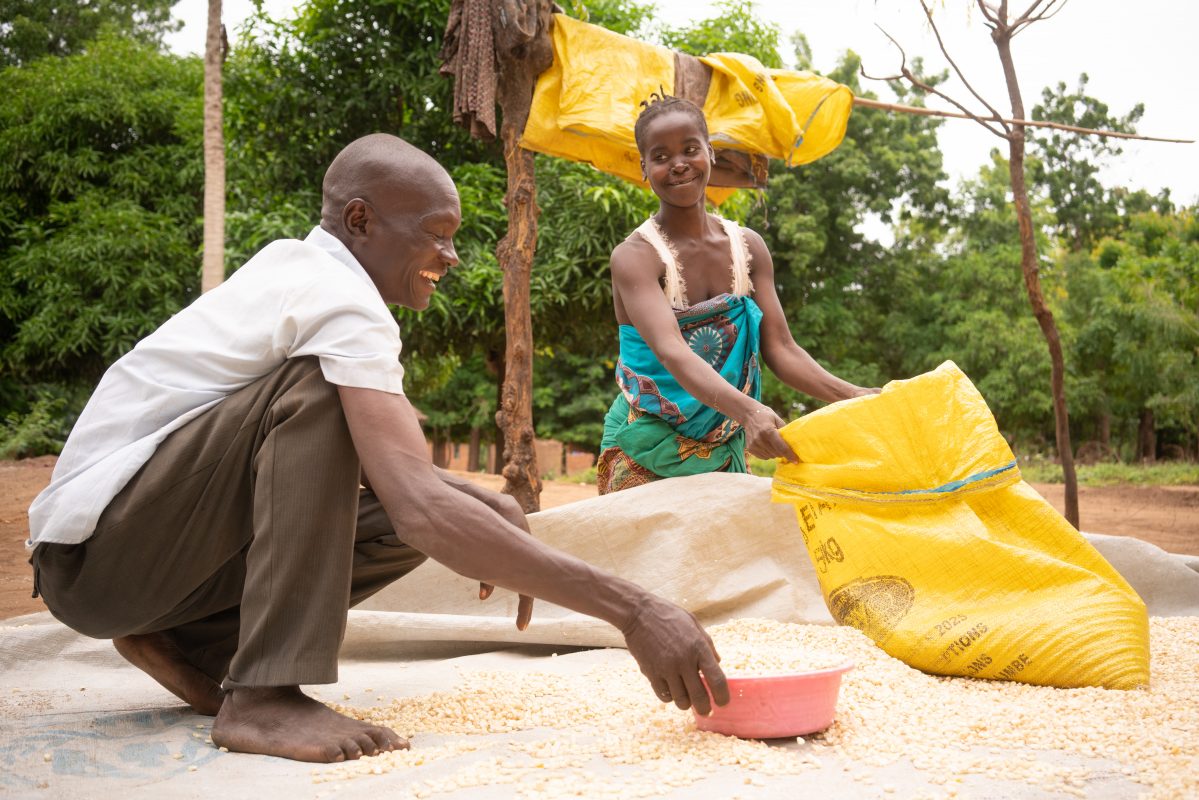
On average, women have just 75% of the same rights as men. Gender inequality is a catchall issue that can encompass many things, including the other items on this list. But gender inequalities go beyond what we lay out below, and overall they form the biggest gender issue of our time.
» Discover more gender inequalities we need to address.
2. Gender-based violence
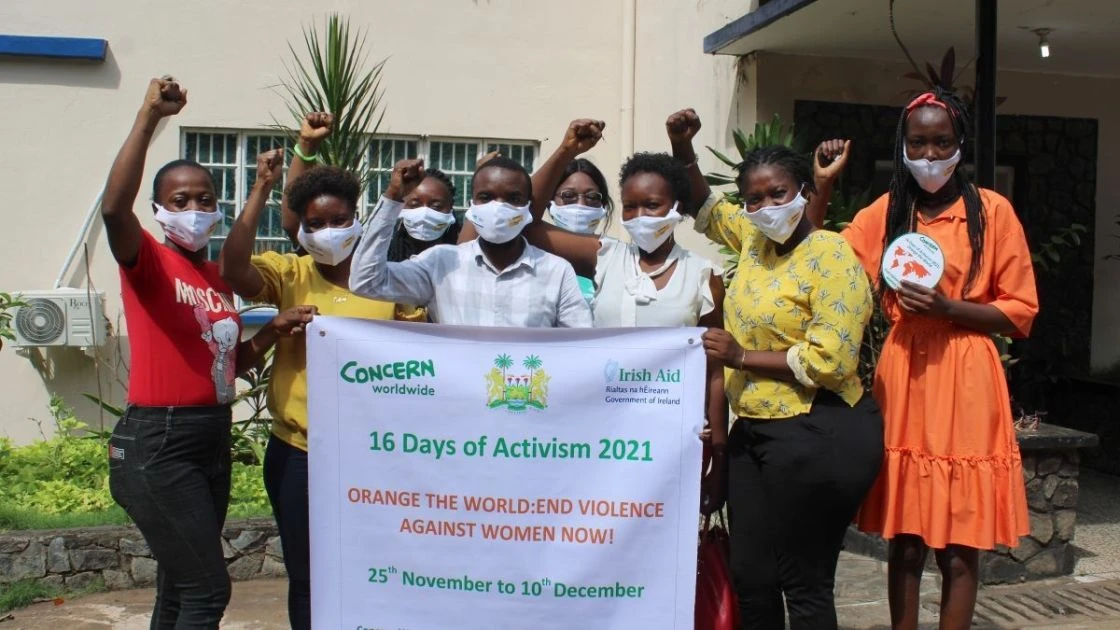
Gender-based violence (or GBV) is codified by the United Nations as any act “that results in, or is likely to result in, physical, sexual, or mental harm or suffering to women, including threats of such acts, coercion or arbitrary deprivation of liberty, whether occurring in public or in private life.” This includes domestic violence, rape, female genital mutilation (FGM), so-called “honor” crimes, online harassment, and verbal abuse.
All of these aggressions constitute a major gender issue for everyone: One out of every three women around the world will be physically, sexually, or otherwise abused in her lifetime (these rates are higher for transgender women, as well as women with disabilities or HIV/AIDS). Men who perpetuate these acts are also held back by attitudes that make many forms of GBV permissible (and men who are LGBT+ or who don’t conform to the patriarchal social norms of their society are also likely to be targeted for violence).
» Learn more about gender-based violence.
3. Child marriage
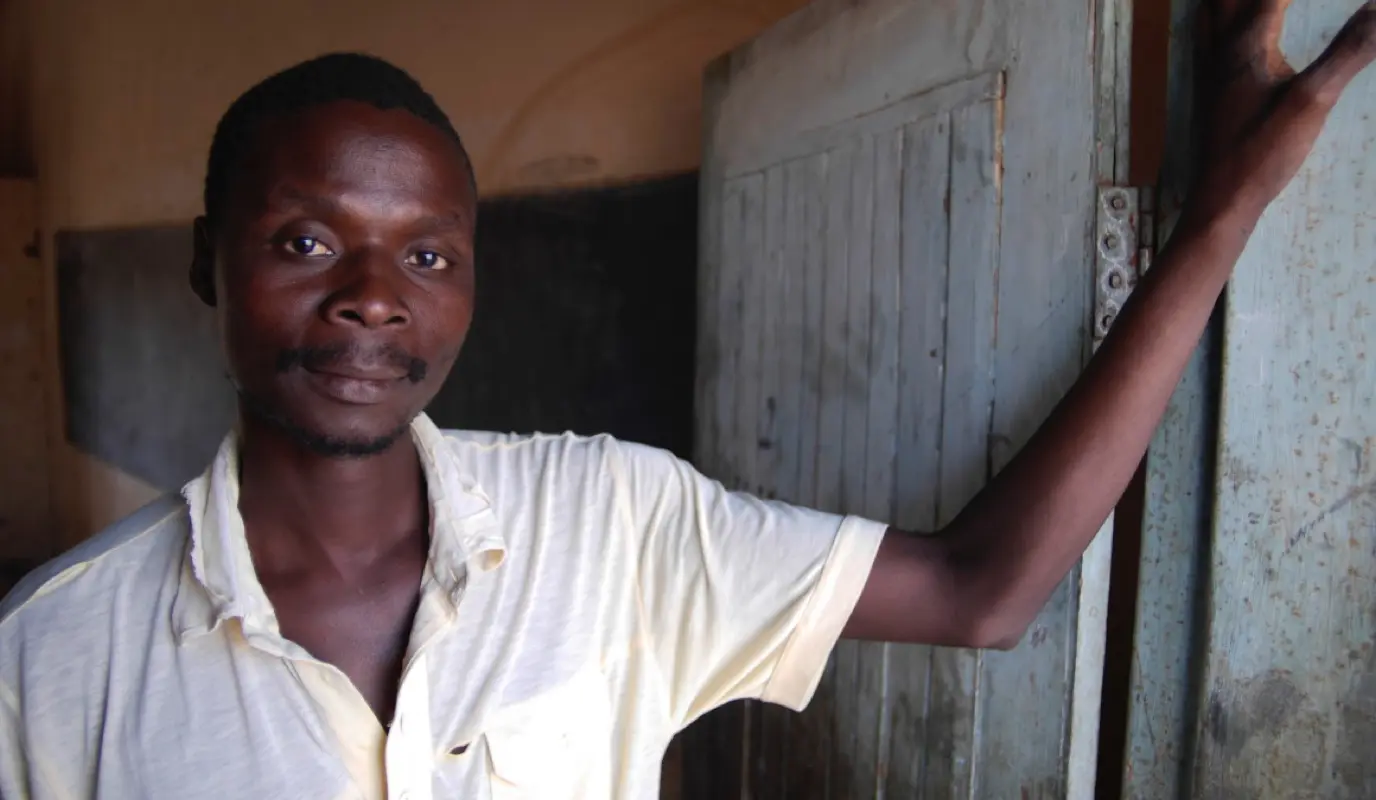
Like GBV, child marriage is an issue that affects people of all genders. However, it disproportionately affects women and girls. According to UNICEF, today more than 700 million women were married before they turned 18. More than a third of that number — about 250 million — were married before the age of 15. By comparison, only 156 million boys married before the age of 18. In fact, child marriage (also known as forced marriage) is considered by many to be a form of gender-based violence, as girls are often married off without their consent. They are also more vulnerable to other forms of gender-based violence as a result, and often lose out on other basic human rights such as a quality education.
4. Gender bias in healthcare
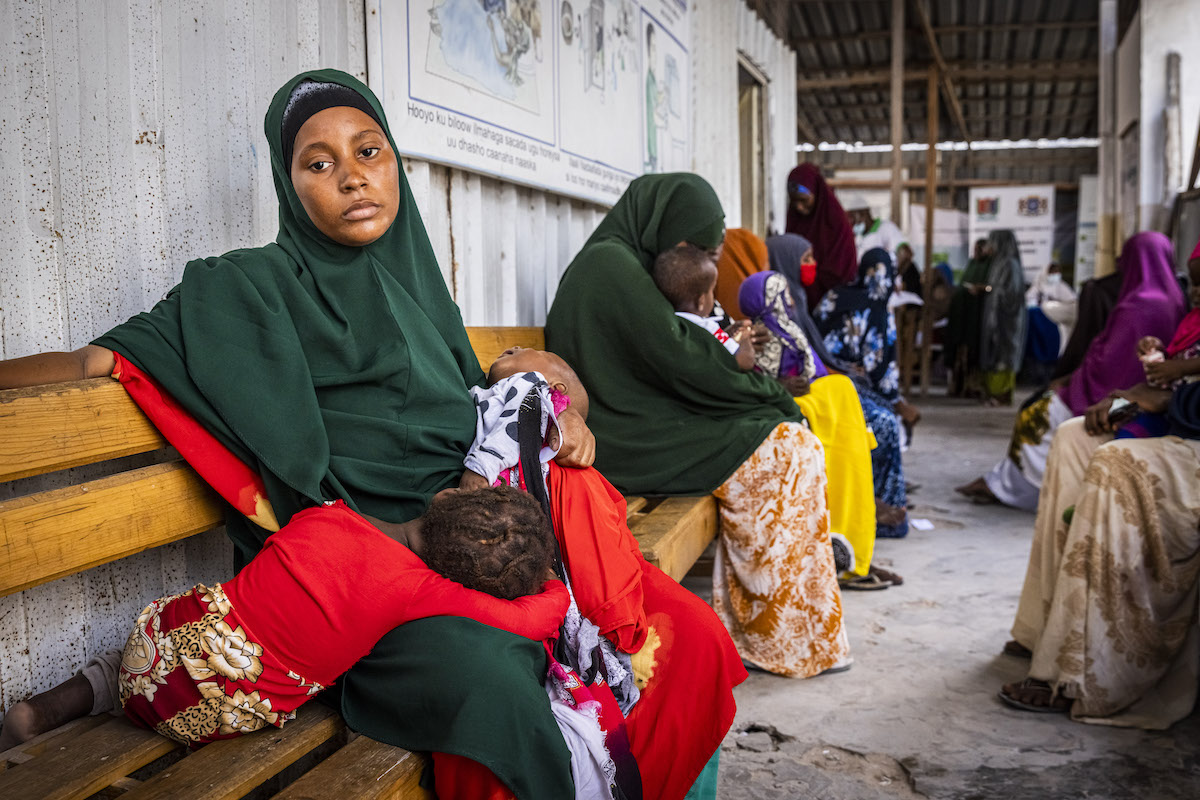
The United Nations’ Lakshmi Puri said in 2013 that “gender inequalities affect health outcomes and must be addressed accordingly.” Gender bias in healthcare is both endemic and, in some cases, fatal. Women are statistically more likely to be discriminated against while seeking healthcare — and the barriers to even accessing healthcare are higher for women than men.
» Learn more about gender bias in healthcare.
5. Sexual and reproductive health
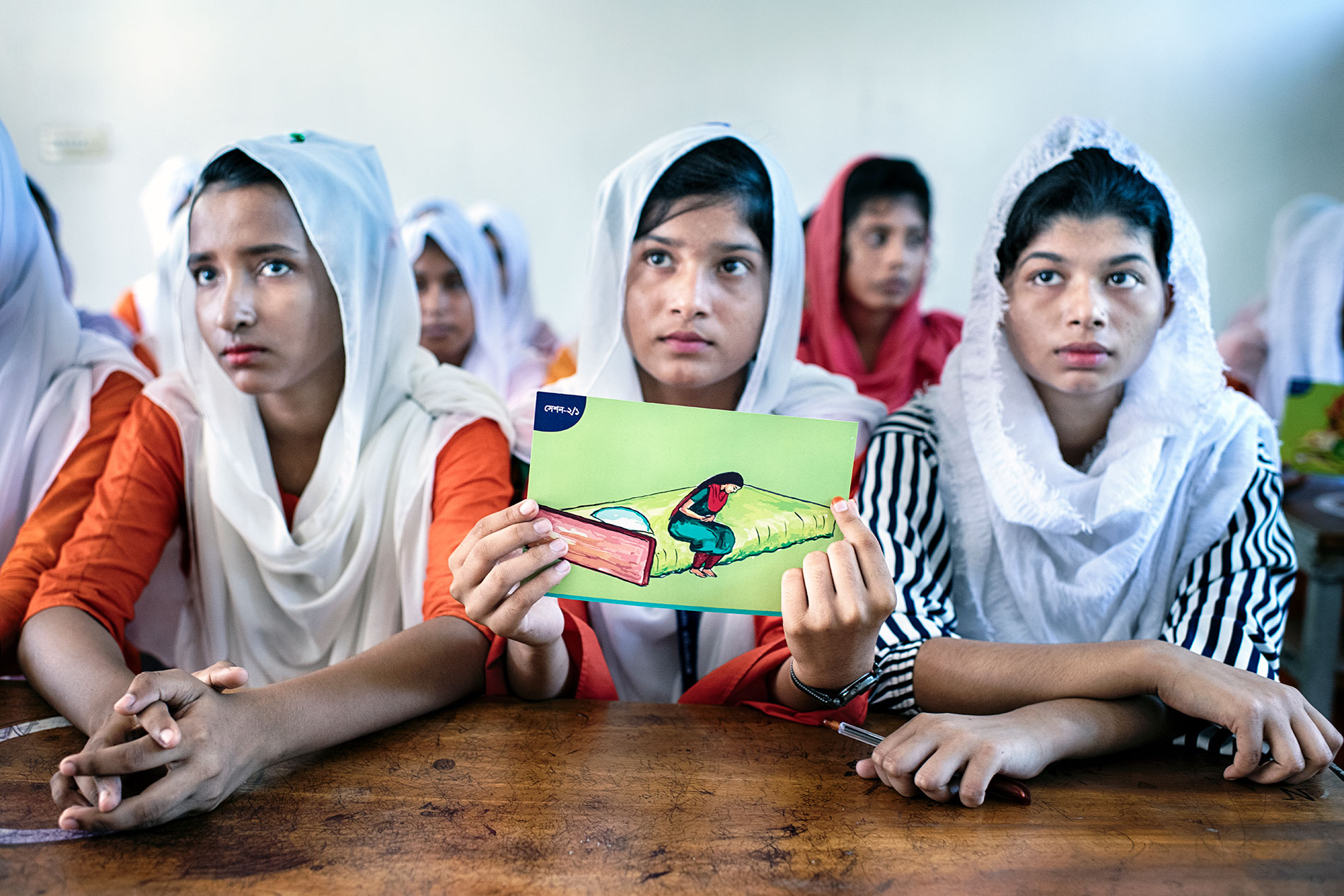
Women’s legal rights in many countries — including many where Concern works — conflict with their human rights and requirements for quality reproductive healthcare. The United Nations Population Fund (UNFPA) estimates that:
- 6.5% of women around the world want to avoid pregnancy, but are unable to do so due to a lack of access, social stigma, and harmful gender norms (among other reasons)
- Among those women, 172 million women are using no birth control method at all
- Where data is available, nearly 25% of all women feel unable to say no to sex with their partner
- 12 million girls aged 15-19 give birth each year, and more than half of these births occur in low-income countries
- Approximately 755,000 girls under the age of 15 become mothers each year
- Nearly 50% of all pregnancies each year — 121 million in total — are unintended
Of that last figure in particular, UNFPA executive director Dr. Natalia Kanem said that “the staggering number of unintended pregnancies represents a global failure to uphold women and girls’ basic human rights.”
6. Maternal health
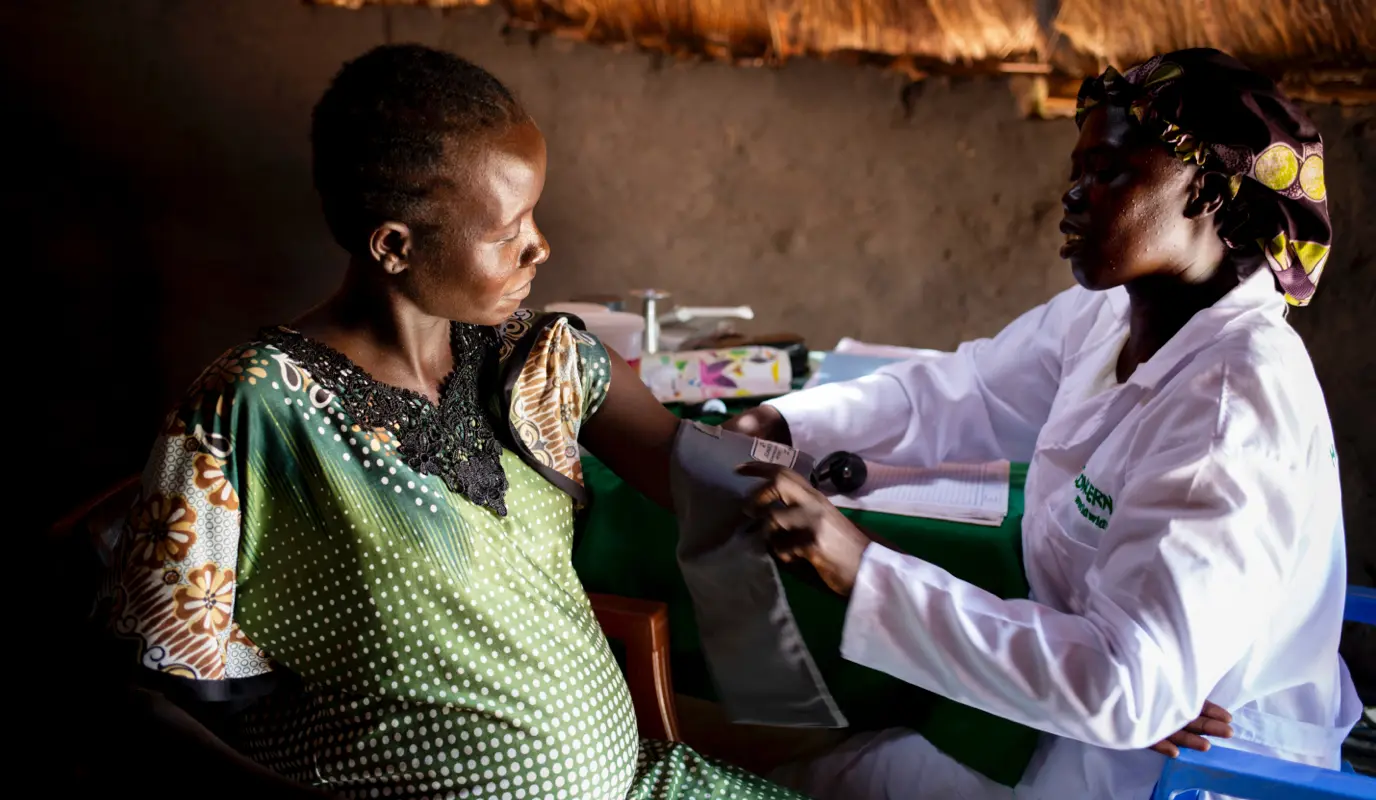
Even if a woman is ready to have a family, pregnancy can be a death sentence. Before COVID-19 became a pandemic, an estimated 810 women died every day due to preventable causes related to their pregnancy or childbirth. Complete data have yet to indicate whether this number has gone up in recent years as a result of pandemic-related issues, although some early reports indicate that maternal and child mortality rates went up in some countries during this time.
Almost all maternal deaths occur in low-to-lower-middle–income countries. Part of this is due to a lack of infrastructure in many countries when it comes to healthcare, especially in remote and rural regions. But mothers-to-be also face a multitude of barriers when seeking care, including a lack of access (due to distance or funds), poor quality services, or harmful gender norms requiring women to stay home unless they have a man’s permission or are chaperoned.
» Learn the facts about maternal health.
7. Girls’ education
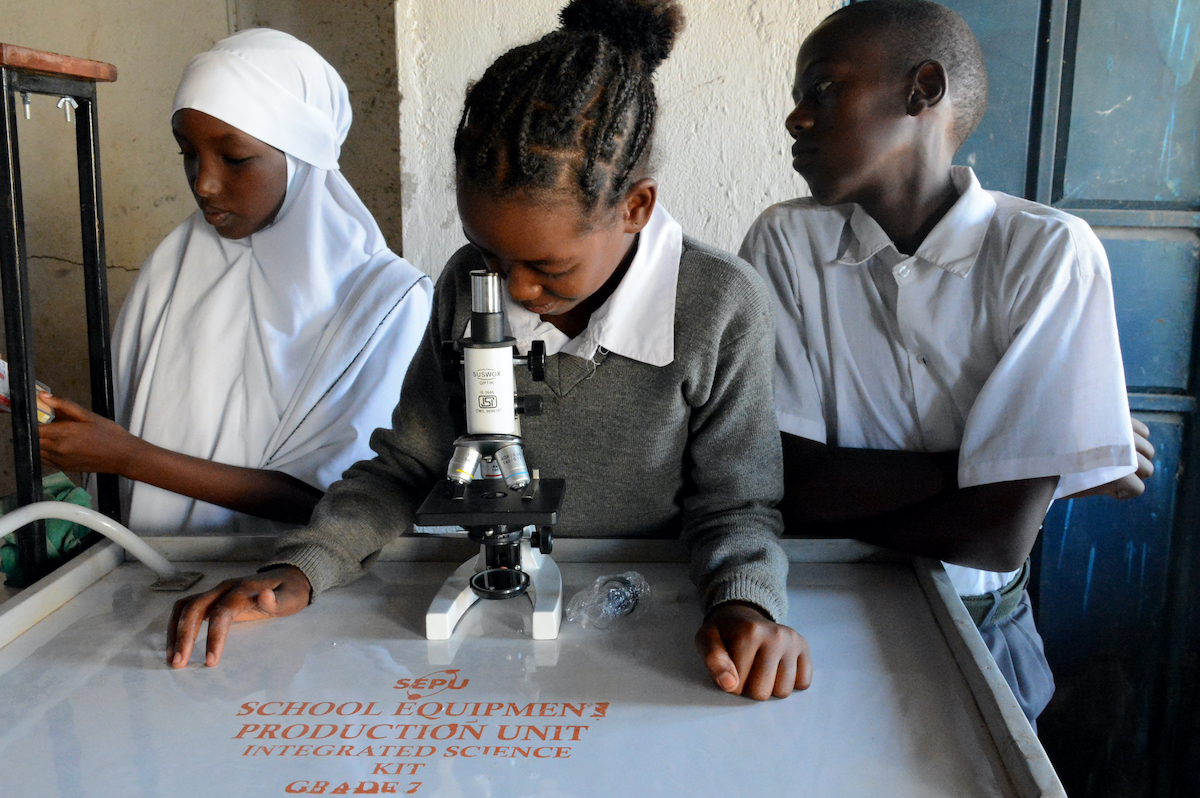
According to UNESCO, 132 million girls worldwide were out of school at the beginning of 2020. This was before COVID-19 lockdowns further compromised gender equality in education. But girls’ education is an important tool in creating a better world for everyone. Girls’ education is linked to better health outcomes, increased earning potential, and greater gender equality. However, child marriage, lack of adequate sanitation, and GBV in the classroom are some of the obstacles that keep girls out of the classroom.
» Learn more about the importance of — and barriers to — girls’ education.
8. Gender pay gaps and women in the workforce
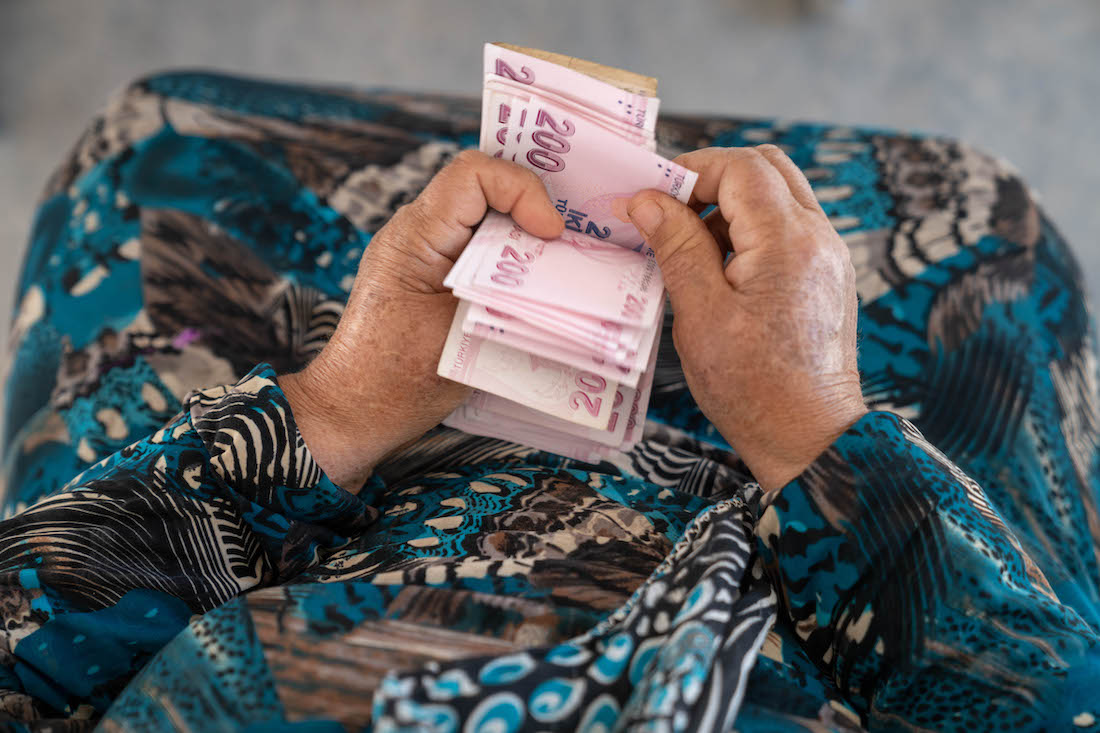
In 2023, the gender pay gap remains an issue for every single country in the world. It’s also emblematic of larger gender issues in the workplace. Many working environments, especially in low- and middle-income countries, are not supportive for women. This is even true of workplaces in the United States. Those that aim to create equal opportunities for women also fall short: In many cases, women need additional accommodations to see equal outcomes in their professional and financial success (this is the difference between equity and equality). The gender pay gap is one example of this, as well as issues like accommodations for pregnant and lactating women, sexual harassment, a lack of women in senior management or making internal work policies, and unconscious biases that lead to gender discrimination.
Addressing issues in the workplace is especially key to shifting other gender issues at home and in the world: More income leads to more purchasing power. Adequate time off and support for parental leave allows for better childcare opportunities. Effective trainings against sexual harassment and discrimination shift societal norms that hold women back.
Concern and gender equality
The United Nations identifies gender equality as Goal #5 of its 17 Sustainable Development Goals to hit by 2030. To reach this, our approach at Concern is to address the root causes of gender disparity. Many of these causes are similar to the factors that perpetuate global poverty and hunger.
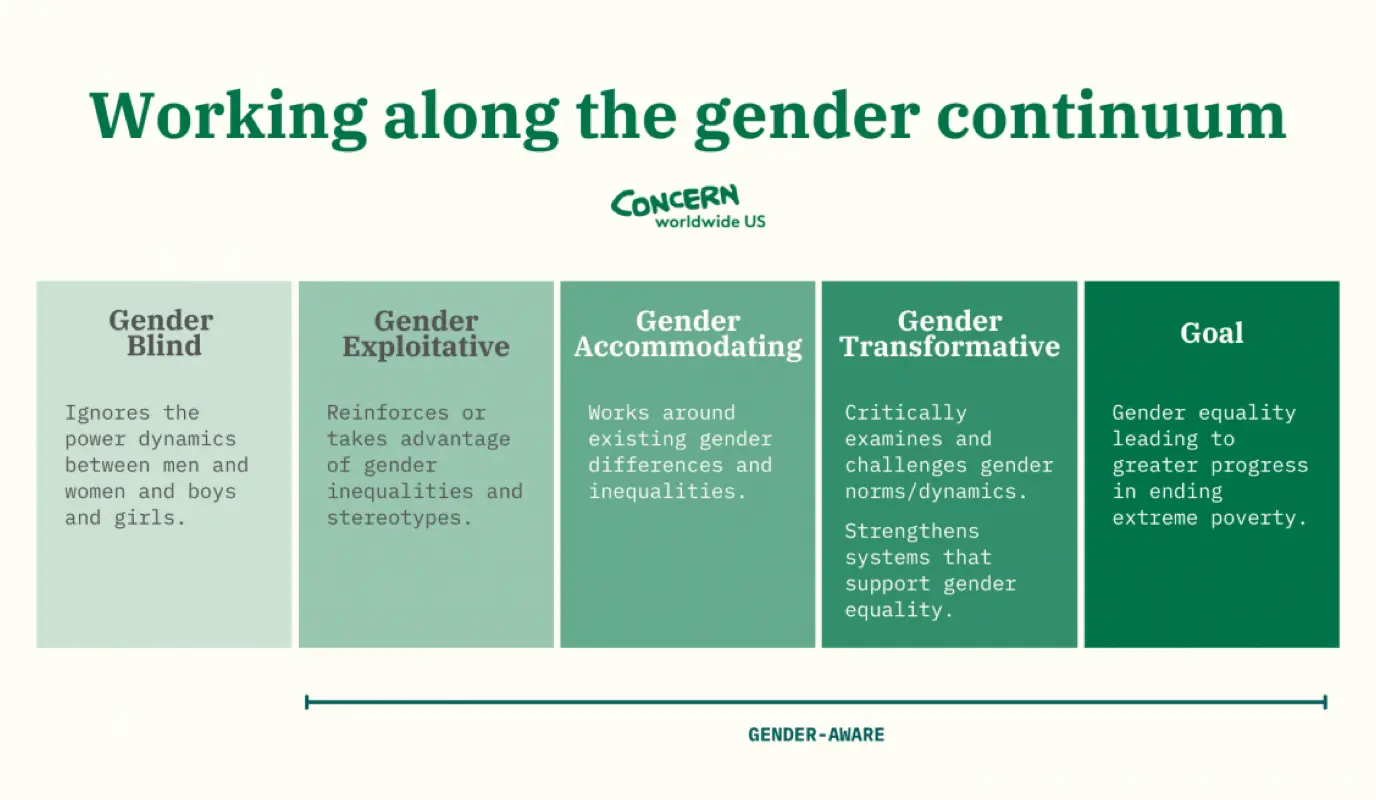
The closer we can get to work that’s transforming gender inequality versus simply being aware of it, the closer we can get to actual gender equality.
You can support our work by donating below.
